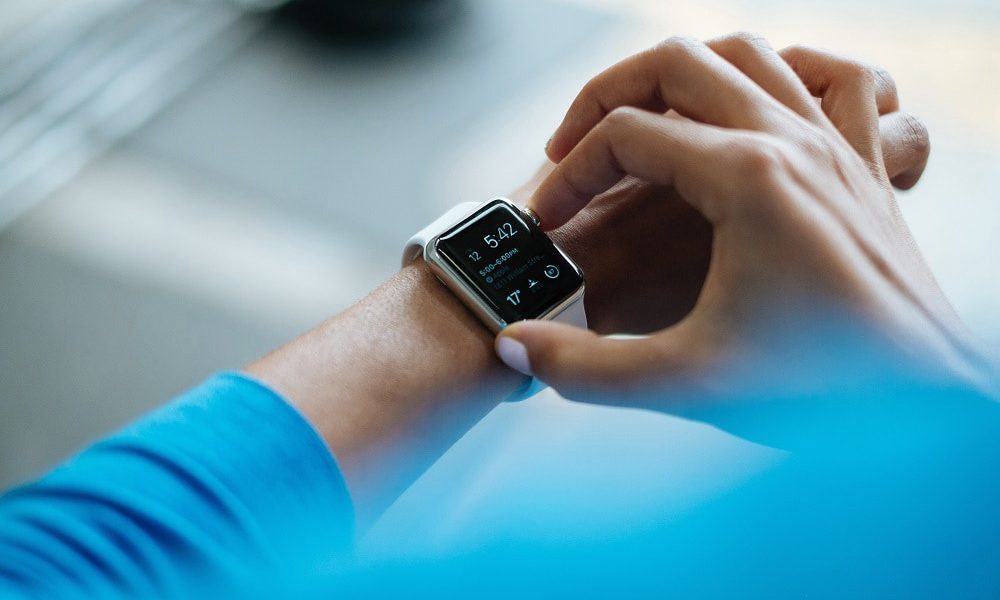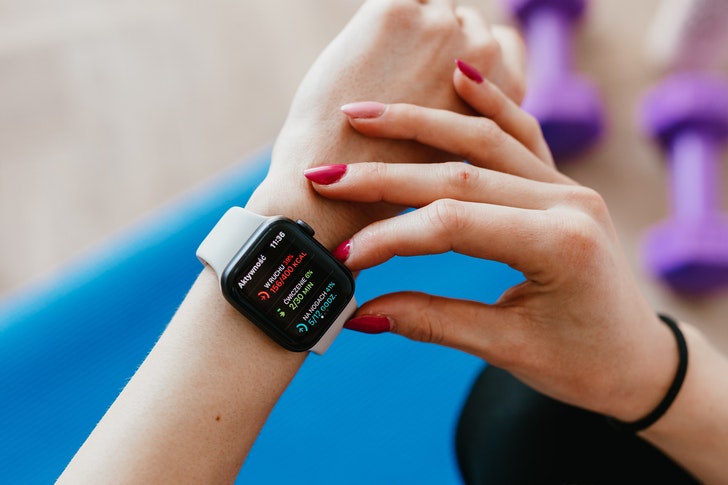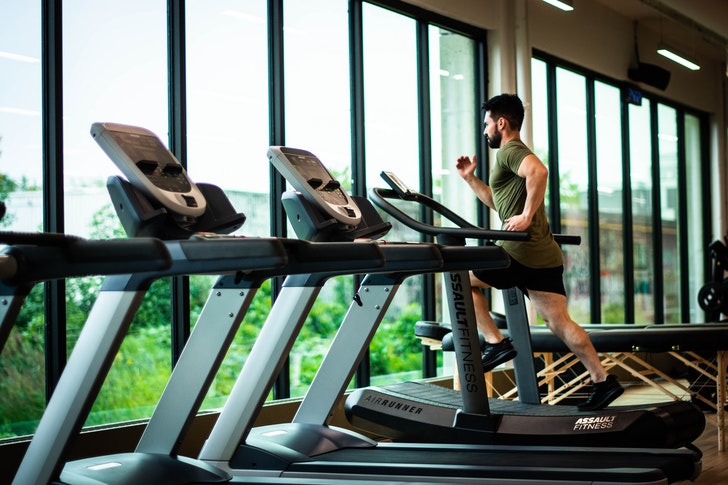
The Buzz About Tracking Your Heart Rate—Should You Do It Too?

With the emergence of wearable technology and fitness trackers like Apple Watch and FitBit and heart-rate-based training programs like spinning, heart rate monitors are now becoming mainstream. Suddenly, everyone seems to have joined the parade and are now tracking keeping tabs on their heart.
But should this hype become the new norm?

Karolina Grabowska / Pexels
This is actually a good thing as people are now realizing the benefits of monitoring the heart rate—and its variability—in order to make the most out of workout sessions and check their fitness level.
Importance of Knowing Your Heart Rate (HR)
Seeing data about your heart rate is not just limited to wearing a fitness tracker. You may have noticed that cardio machines in gyms display your heart beats per minute (HR BPM). Your physical fitness is categorized into different zones based on this data.
Through the HR BPM monitor in fitness trackers and exercise machines, you get to have a general idea of what energy zone you are currently in—resting, warm-up, fat burn, endurance, or maximum heart rate.

William Choquette / Pexels
Tracking Your Fitness Level
The data about your heart rate can be a tool for you to become aware of your heart’s health and overall fitness level. According to a study published in Annals of Internal Medicine in 2019, the accuracy of HR monitors found in fitness trackers is enough for consumers to know their basic fitness data.
A cardiologist from New York-Presbyterian: Columbia University Medical Center named Dr. Nisha Jhalani revealed to CNN that the actual time a person spends moving is actually lesser than their perceived activity level; especially if they are working desk jobs that have them sitting for hours. So, it is quite beneficial for people to see their heart rates while at rest and while active.
If you have a low resting heart rate, which can range between 60 to 70 BPM, then you are considered to be generally healthy. For people with high resting heart rates that are close to 100 BPM or even more, they may be under stress or have medical conditions.
Your cardiopulmonary fitness can also be monitored by how quickly your heart rate returns to normal after undergoing physical activity. The faster it is, the stronger your lungs and heart are.

RF._.studio / Pexels
More than Just the Heart Rate
While HR BPM measures how many times your heart beats in a matter of 60 seconds, heart rate variability (HRV) monitors the changes of the time duration in between your heartbeats. It’s also important to know this deeper layer of data as HRV sensitivity actually fluctuates depending on your stressors. Your HRV is affected by the amount of sleep and exercise you get, your mood, and the digestion of food, alcohol, and more.
More time variability between resting heart rate and lower HRV for active heart rate is deemed healthier. A decrease in HRV can be a link between depression and heart attacks and can be similar to symptoms of a panic attack and anxiety. It is also associated with heart disease, inflammation, diabetes, and high cholesterol.
Although it is still unknown if monitoring your heart rate is enough to affect your life choices, it’s better to keep track of your body’s well-being. It’s the only one you got.
More in Medical Conditions
-
Endometriosis in Teens: A Guide to Understanding and Supporting Adolescents
Endometriosis, a condition often associated with adulthood, can make an unwelcome entrance during adolescence. For teenagers grappling with the complexities of...
January 23, 2024 -
Has Childhood Trauma Haunted You into Adulthood? Here’s How You Can Defeat the Past
Even without being particularly too keen about it, you must have noticed that the conversation around childhood trauma has been gaining...
January 10, 2024 -
Storing These Food Items in Your Fridge May Actually Be Bad For You
People have a tendency to just stash a lot of things inside their refrigerators. Oftentimes, you don’t even remember what’s inside...
January 10, 2024 -
How to Deal With Holiday Stress
We all feel stressed from time to time, but the holidays offer their own special stressors that can make us feel...
December 21, 2023 -
Tips to Develop a More Focused Mind
Do you ever feel you’re always busy and the days are progressively getting shorter? Are you constantly stressed out and unable...
December 21, 2023 -
How To Develop A Healthy Relationship With Weight
Most of us have a complicated relationship with weight and spend most of our days on the scale, letting our minds...
December 21, 2023 -
Advantages of Offering Health and Wellness Benefits to Employees
Employers frequently struggle to provide the benefits that their employees desire, such as health insurance or paid overtime. Changes to federal...
December 21, 2023 -
Can Acupuncture Help Prevent Type 2 Diabetes?
In today’s world, health conditions like cardiovascular diseases, hypertension, and diabetes are becoming more and more common. It is extremely important...
December 4, 2023 -
Did You Know There’s A Tiny Farm In A Berlin Supermarket?
When you go to a grocery store, you head over to the fresh foods aisle where you pick up things like...
December 4, 2023















You must be logged in to post a comment Login